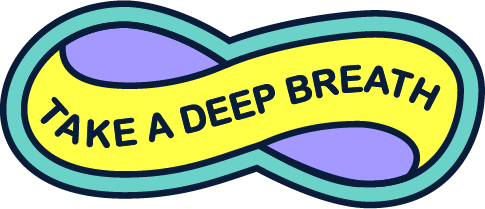E-cigarette use among rural youth poses health risk
E-cigarettes, also called vapes, were the most commonly used tobacco product among middle and high school students in 2023, with 7.7% of students currently using e-cigarettes (4.6% of middle school students and 10% of high school students).1 The aerosols in e-cigarettes can contain harmful chemicals as well as nicotine, which is addictive and can harm brain development in adolescents and young adults.2 Aggressive advertising and attractive flavors have contributed to the use of e-cigarettes among youth.3 Many young people who use e-cigarettes also use other tobacco products such as cigarettes or cigars, with one in three high school students and one in two middle school students who vape using other products in 2020. Despite rates of use, most young people who vape want—and have tried—to quit. In 2020, of students currently using e-cigarettes, 63.9% reported wanting to quit and 67.4% reported trying to quit in the last year.4
Addressing e-cigarette use in collaboration with rural school districts
UR Medicine Recovery Center of Excellence is developing programs and resources to address e-cigarette use in rural schools and communities. The center is adapting an existing curriculum with information from a listening tour with rural adolescents and adults. Two distinct tracks of educational programming are being developed:
- An alternative-to-suspension program for students facing disciplinary action for using e-cigarettes in school that focuses on treating nicotine addiction and is designed by and for the community
- A flexible, self-paced educational curriculum for providers in rural areas (primary care providers, family medicine physicians, pediatricians, and school nurses) to learn about nicotine replacement therapy and treating nicotine use disorder in youth
The program will be developed and implemented in close collaboration with rural communities:
- Phase 1: Host focus groups in rural areas of New York State.
- Phase 2: Apply learnings from focus groups to modify our existing GMV curriculum and develop professional educational materials.
- Phase 3: Partner with 2-3 school districts to pilot the treatment program, evaluate program effectiveness and feasibility, and make adaptations as needed before expanding the program to other school districts.
- Phase 4: Launch an educational series on the center’s website for free continuing medical education (CME) credits and create a toolkit for national dissemination based on the materials created and lessons learned during project implementation.
Contact us
If you are interested in sharing your experiences related to e-cigarette use in schools, or for more information about our program for youth and adolescent e-cigarette cessation in rural communities, please reach out to Dr. Holly Russell (Holly_Russell@URMC.Rochester.edu) or Erin Mattison (Erin_Mattison@URMC.Rochester.edu).
Our team
Holly Russell, MD, MS: Faculty Lead and Developer of the Vape Escape Program
Erin Mattison, MPH: Project Manager
Shivani Sockanathan, MD: Consulting Faculty

References
Article
[1] Birdsey, J., Cornelius, M., Jamal, A., Park-Lee, E., Cooper, M. R., Wang, J., Sawdey, M. D., Cullen, K. A., & Neff, L. (2023). Tobacco product use among U.S. middle and high school students - National Youth Tobacco Survey, 2023. Morbidity and Mortality Weekly Report, 72(44), 1173-1182.
[2] U.S. Department of Health and Human Services. (2016). E-cigarette use among youth and young adults: A report of the Surgeon General, pp. 6-7.
[3] Centers for Disease Control and Prevention (CDC). (2024, May 15). Why youth vape.
[4] CDC. (2024, May 15). E-cigarette use among youth.
Video
Hartmann-Boyce, J., Chepkin, S. C., Ye, W., Bullen, C., & Lancaster, T. (2018). Nicotine replacement therapy versus control for smoking cessation. The Cochrane Database of Systematic Reviews, 5(5), CD000146.
Hsia, S. L., Myers, M. G., & Chen, T. C. (2017). Combination nicotine replacement therapy: Strategies for initiation and tapering. Preventive Medicine, 97, 45–49.
Hurst D. (2015). Nicotine lozenges and behavioural interventions may help smokeless tobacco users to quit. Evidence-based Dentistry16(4), 104–105.
Prochaska, J. J., & Benowitz, N. L. (2019). Current advances in research in treatment and recovery: Nicotine addiction. Science Advances, 5(10), eaay9763.
Siu, A. L., & U.S. Preventive Services Task Force (2015). Behavioral and pharmacotherapy interventions for tobacco smoking cessation in adults, including pregnant women: U.S. Preventive Services Task Force recommendation statement. Annals of Internal Medicine163(8), 622–634.
Wadgave, U., & Nagesh, L. (2016). Nicotine replacement therapy: An overview. International Journal of Health Sciences, 10(3), 425–435.